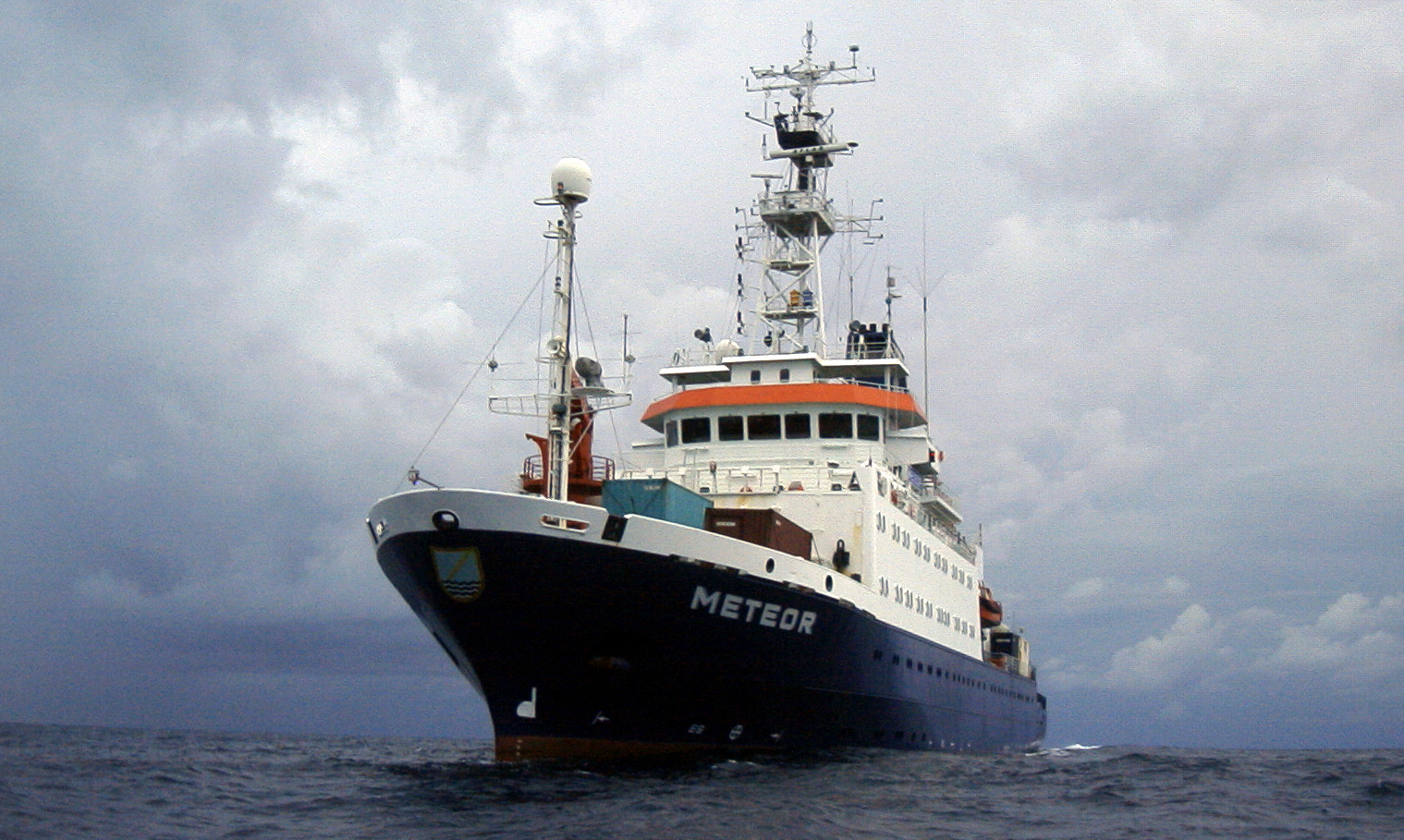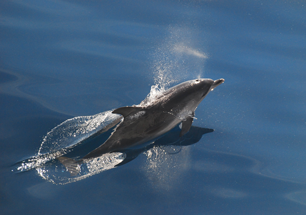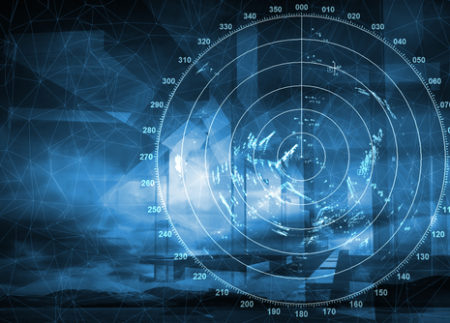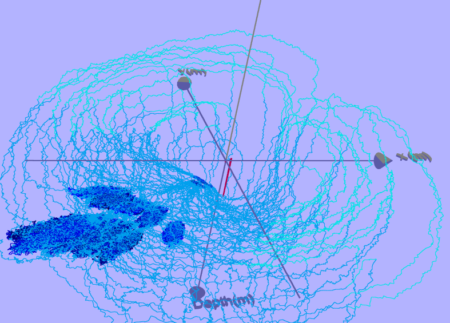KEY QUESTIONS
- How can PAM be used to estimate marine mammal populations and individual animal location before, during, and after industry operations?
- Can a software system be devised that uses towed Passive Acoustic Monitoring (PAM) to detect, classify and locate vocalising marine mammals near airgun operations as an aid to on-board marine mammal observers?

SUMMARY
Regulatory authorities encourage or stipulate the use of passive acoustic monitoring (PAM) prior to and during start-up. Real-time localisation and tracking of vocalising marine mammals is needed to trigger the array shut-downs required by permits. When the Programme began, towed PAM technology needed further development to become an effective mitigation tool during survey operations. Standardised software was needed so users could process animal calls in real-time for ongoing operations, and from archived data for environmental monitoring.
Funding for PAMGuard began in 2005, and involved contractors from several academic institutions. In 2007, the basic PAMGuard software was field validated for 2-D only, and a conference and training workshop was held at Heriot-Watt University. In early 2008, the complete ‘core’ software package was released, including 3-D functionality. Also in 2008 PAMGuard software was tested for the first time on a working seismic vessel in the Gulf of Mexico, with data analysis concluding in 2009. An Introduction Manual for PAMGuard was completed in 2009. From then until the present, the Programme supported PAMGuard only for system maintenance and software error corrections that arise.
PAMGuard has now become a practical, freely-available, open source field tool that is being adopted by many users, including government agencies. The research community has embraced the system, and is actively trying to increase the number of species it can classify by providing new software modules.
Objectives and methods
- Collect multi-channel data from the CODA arrays on three vessels in order to develop multi channel training data sets.
- Provide field time for members of the PAMGuard core team to debug and ruggedise the core functionality of PAMGuard in a realistic ‘at-sea’ situation
- Analyse and ground truth PANGuard detection and localisation efficiency and accuracy for species encountered during the survey.
Importance
Industry’s need for a PAM system was recognized before the Programme began. After a difficult and time-consuming development period, the system was successfully developed and now has become the main mitigation tool being called for by regulators. Because of the Programme, industry in general will be seen as having filled that need.
Links to other research
See the CIMRS Bioacoustics Lab website for Ishmael software which provided some of the functionalities for PAMGuard. Also, see Rainbow Click, a click detector developed for IFAW by Douglas Gillespie.
Institutions/PIs
- Heriot-Watt University (Xio Yan Deng, David McLaren, Paul Redmond, Phil Trinder, and Ron McHugh)
- Ecologic (Jonathan Gordon)
- SMRU UK (Douglas Gillespie)
- Oregon State University (David Mellinger)
- University of California San Diego (Aaron Thode)



